LUXURY SERIES: Q&A SESSION
15th September 2022Why do you enjoy designing residential buildings with a focus on luxury and high-quality craftsmanship?
We’re fortunate to be commissioned to work on architectural projects which focus on luxury. When a project comes into our practice and our client’s brief is clearly on the luxury scale, the one thing we are certain of is that we will devote a lot of time to the project, a luxury in itself for architects and designers. Time will be taken to get deep into the concept of the building and to ensure, for example, that every stone detail is correctly designed to suit the style of the building and our client’s taste.
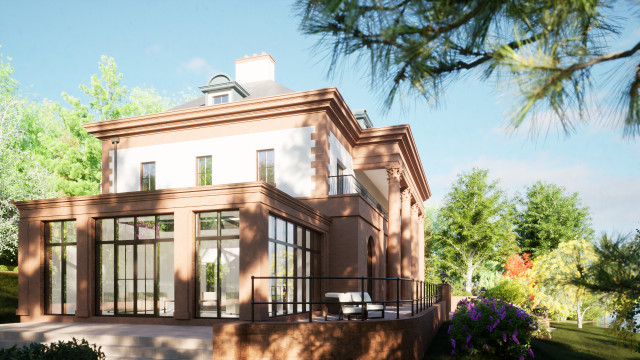
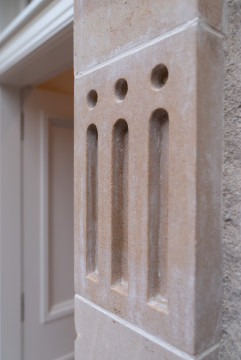
On a luxury architectural project the interior architecture is a real treat. There is often a wonderful scope for interesting and exciting ideas. As designers and architects, we immerse ourselves in the intricacies of styles, spending time researching, sketching, modelling and testing those ideas. Does the client want a classical look, modern classical, neoclassical, art deco, arts and crafts or contemporary? And how will any of these styles play out and be detailed into the luxurious interior? These are the questions we focus on and spend time making sure we arrive at the best possible solution.

After the design stage of the project, the specifying and construction stages are a further chance to deliver luxury in the form of seamless junctions, bookmarked veneers and moody lighting. I love speaking to craftsmen and suppliers and having the chance to develop the design, combining their practical and wise advice with a new design slant and idea. It also means we don’t have any surprises on site if we continue to check-in during the early stages to ensure that the detail is buildable and will look the part. Additionally, we’re forming good relationships along the way, ahead of the build.

What are traps that designers can easily fall into when designing luxury buildings?
One common design trap that architects and designers fall into when designing luxury buildings is the ‘scale trap’. Luxury houses and rooms are usually at least 50% bigger in plan and volume than an average home. The design therefore needs to correspond. It seems obvious, but you have to shift your design brain out of 2.4m ceiling height mentality and ensure that your 3D brain and imagination can cope with the increase in scale. Also that the spaces you create will feel good and be comfortably proportioned, with all detailing balanced accordingly.
It’s surprisingly common to see luxury developments which haven’t incorporated enough daylight, for example and where the ceiling height is too low, and also impressively scaled buildings where the fixtures and fittings are out of scale with the plan. Thinking big is a necessary part of designing luxury.
The increase in scale can also cause issues with planning permission. If a building is taller than its neighbours, you need to make a very good case to planners about why that is necessary. It’s about designing the project to fit in sympathetically with its surroundings, taking in factors such as other large homes in the vicinity, the scale of the plot and ensuring it doesn’t feel out of place in the landscape.
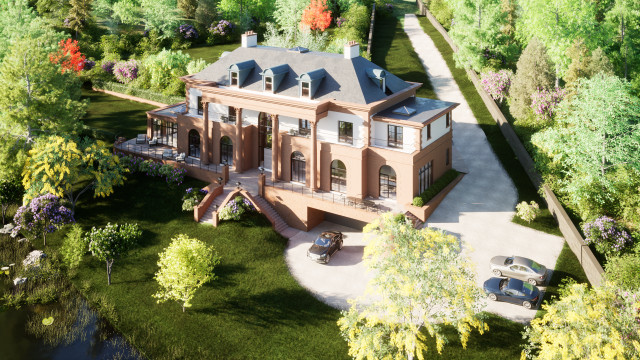
Another issue that designers have with large luxury buildings is the materials trap. Simply using lavish finishes everywhere is not synonymous with luxury. If the space is the wrong proportion or doesn’t flow or doesn’t have enough daylight, marble on every surface won’t solve those crucial design flaws. The outcome won’t be luxurious because the limitations of the design will have a subliminal effect on you; you will feel mysteriously unsure of why you don’t enjoy the space. Conversely, if architects get the balance of these key design moves right, the outcome will be truly luxurious. It’s that design alchemy – creating a place that just feels good to be in. Those luxury spaces don’t just happen, they require a great deal of careful thought and planning.
A couple of master designers who haven’t fallen into these traps are Anouska Hempel, a master of designing on a grand residential scale. Also Edwin Lutyens, whose Queen Anne style designs for the grand British embassy in Washington are inspiring me on current projects.
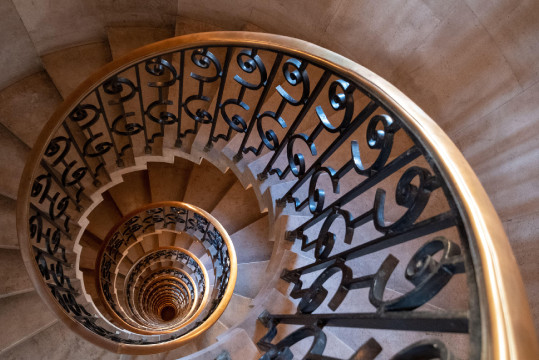
Staircase for the British Embassy Embassy in Washington designed by Edwin Lutyens
What have you learned from your luxury Scottish home projects?
I’ve learned not to underestimate back-of-house requirements, as well as circulation. A successful back-of-house design takes the pressure off the main family spaces as it means our clients can enjoy being in them unaffected by clutter and storage.
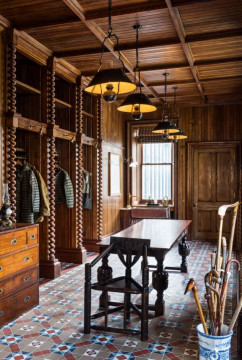
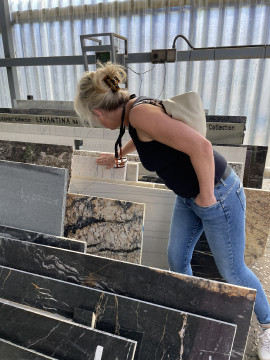
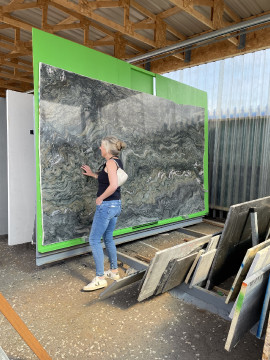
- cinemas
- large wine cellars
- heated garages
- ultra-efficient and sophisticated temperature and heating systems
- great acoustic standards
- hotel style
- extensive pantries
- additional prep and chefs’ kitchens
- home automation
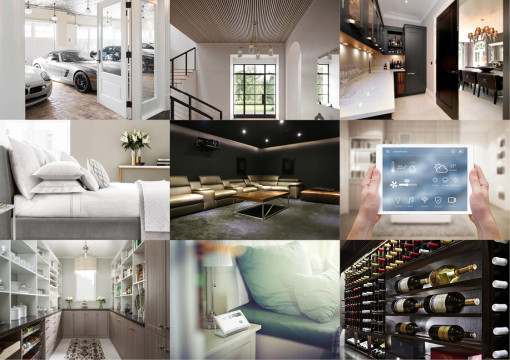
Do you want to build a luxury Scottish home? Contact us online or call 01360 661144 now
